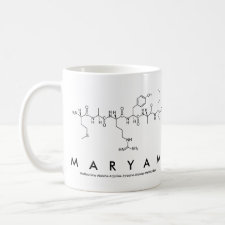
Authors: Arabi M, Ghaedi M, Ostovan A
Article Title: Water compatible molecularly imprinted nanoparticles as a restricted access material for extraction of hippuric acid, a biological indicator of toluene exposure, from human urine.
Publication date: 2017
Journal: Microchimica Acta
Volume: 184
Issue: (3)
Page numbers: 879-887.
DOI: 10.1007/s00604-016-2063-5
Abstract: The authors describe the preparation of molecularly imprinted nanoparticles (MINPs) for the solid phase extraction of hippuric acid (HA). The MINPs consists of a water-compatible organic-inorganic silica composite which was obtained from a functionalized silica by the sol-gel method. HA acted as the template, 3-aminopropyl trimethoxysilane as the functional monomer, and tetraethoxysilane as the crosslinker. Subsequently, methacryloxypropyltrimethoxysilane was used as a coupling agent to deposit a hydrophilic acrylamide coating onto the surface of the MINPs. The morphology and structure of the resulting restricted access material (referred to as RAM-MINP) were characterized by scanning electron microscopy, transmission electron microscopy and Fourier transform infrared spectroscopy. Solid phase extraction of HA was accomplished by passing urine samples through a RAM-MINP-packed SPE cartridge. Following elution, HA was quantified by HPLC using UV detection at 228 nm. The effects of sample pH, amount of sorbent and eluent and washing solvent volumes were optimized by experimental design methodology under response surface methodology. Under optimized conditions, the mean extraction efficiency of HA from spiked samples is adequately repeatable, with relative standard deviations of <6.1%. The limits of detection and quantitation are 0.15 and 0.25 μg L-1, respectively
Template and target information: hippuric acid, HA
Author keywords: Experimental design methodology, FTIR, HPLC, Molecularly imprinted nanoparticles, Response surface methodology, scanning electron microscopy, solid phase extraction, transmission electron microscopy



Join the Society for Molecular Imprinting

New items RSS feed
Sign-up for e-mail updates:
Choose between receiving an occasional newsletter or more frequent e-mail alerts.
Click here to go to the sign-up page.
Is your name elemental or peptidic? Enter your name and find out by clicking either of the buttons below!
Other products you may like:
 MIPdatabase
MIPdatabase









